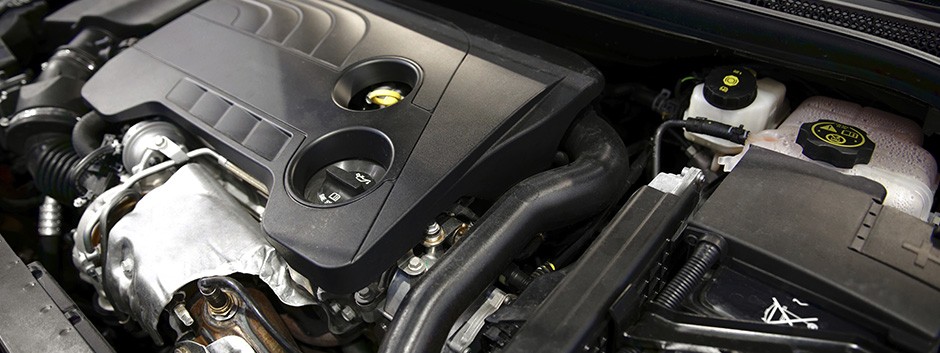We Deal With Dealer Part
Mon - Fri 8:00 am - 4:00pm
Serving DHS For 15 Years
Oil Changes
Battery Replacement
Tire Purchases and Installation
Factory Recommended Maintenance
(We have your factory recommended maintenance schedule in our computerized database)
Advanced Engine Diagnostics
Electrical/Electronic Systems
Steering and Suspension Systems
Engine Performance and Repair
Brake Systems, including ABS
Safety Systems,
Heating and Air Conditioning
Air Conditioning Service
The air conditioning unit in your vehicle operates similarly to a refrigerator. Your vehicle’s air conditioning unit is designed to move heat from the inside of your car to outside of it.
Your vehicle’s air conditioning unit has six major components:
The refrigerant carries heat. In modern cars, refrigerant is a substance called R-134a. Older cars’ refrigerant is called r-12 freon, which is more expensive and difficult to find than R-134a.
The compressor circulates and compresses refrigerant within the vehicle’s cooling system.
Your vehicle’s condenser changes the refrigerant from gas to liquid and expels heat from the car.
The expansion valve (sometimes called the orifice tube) is a nozzle that simultaneously drops the pressure of the refrigerant liquid, meter its flow and atomize it.
Your vehicle’s evaporator transfers heat to the refrigerant from the air blown across it, cooling your car.
The receiver or dryer filters your vehicle’s refrigerant and oil, removing moisture and other contaminants from them.
When you start your vehicle’s air conditioning system, the compressor works by putting the refrigerant under pressure, sending it to the condensing coils, which are generally in front of your vehicle’s radiator. The condenser expels hot air to outside the car, cooling the air within the vehicle. When this happens, the refrigerant is cooled, and it changes from a gas to a liquid, which then passes through the expansion valve and to the evaporator.







